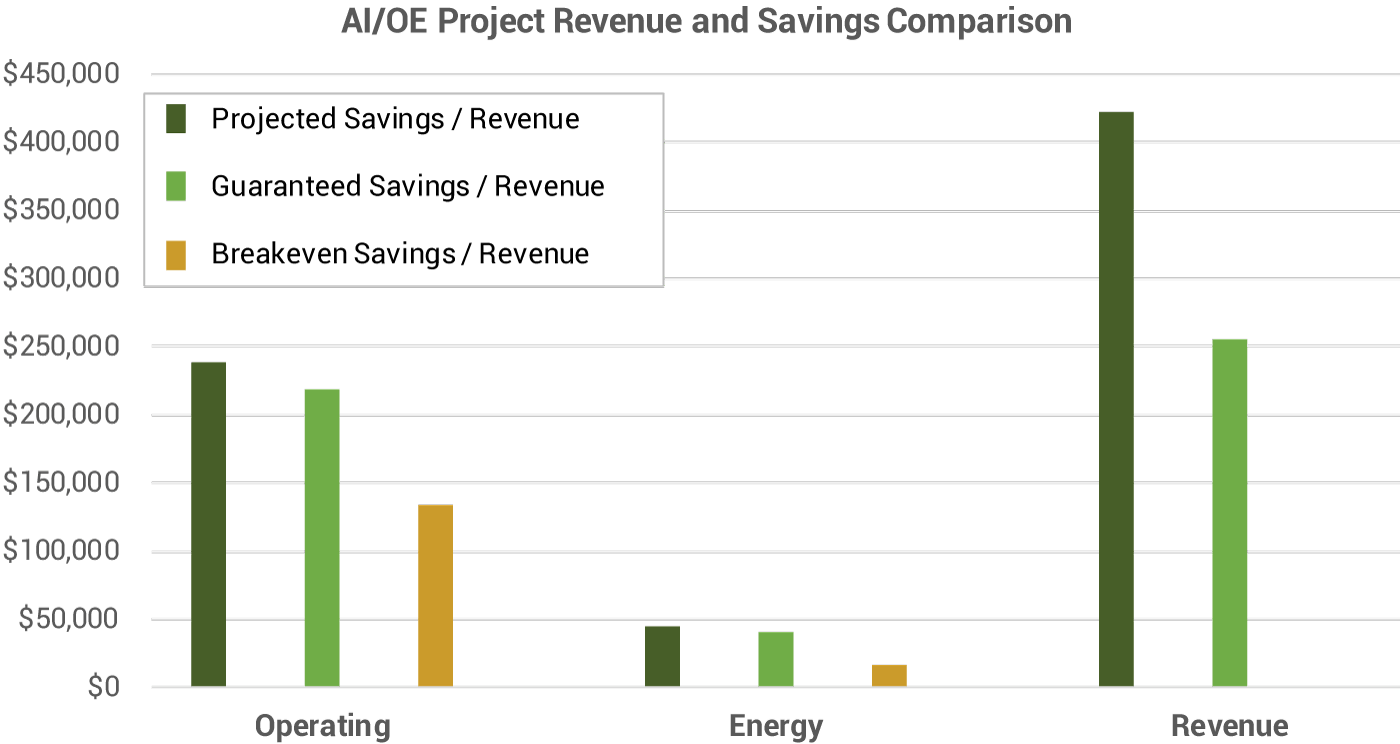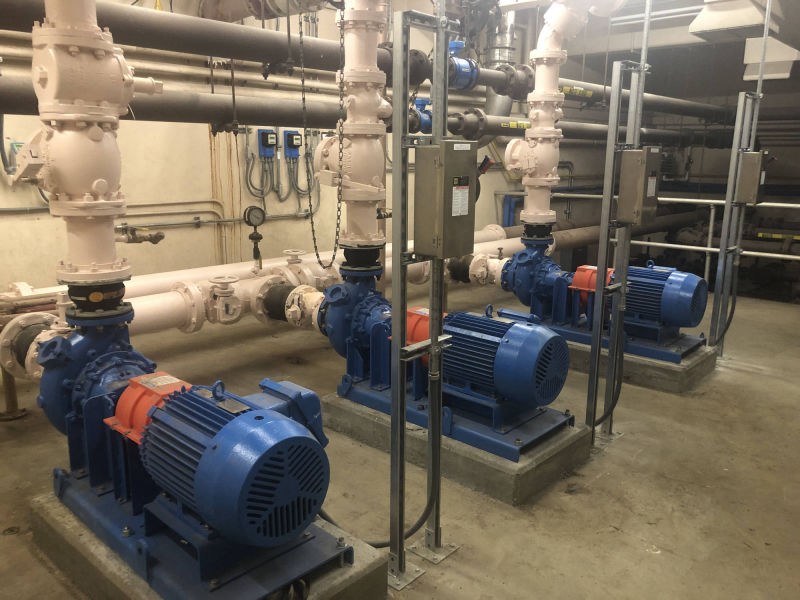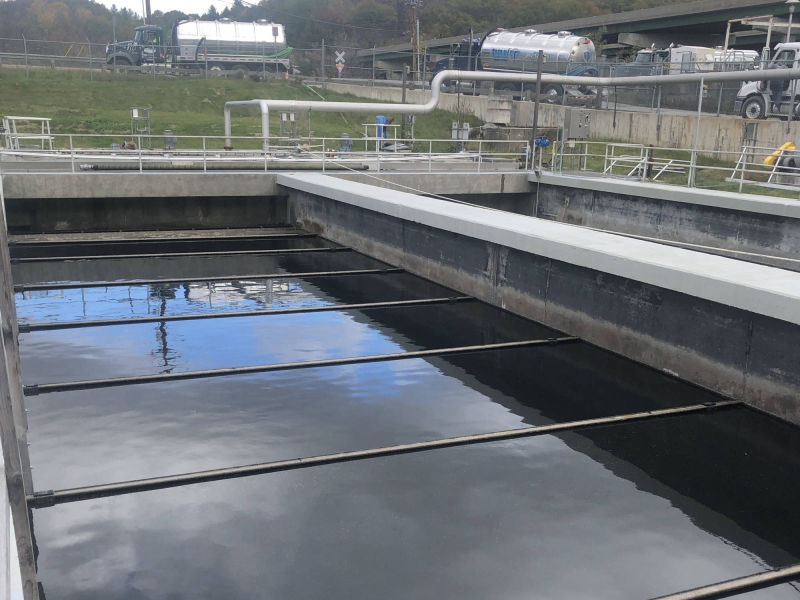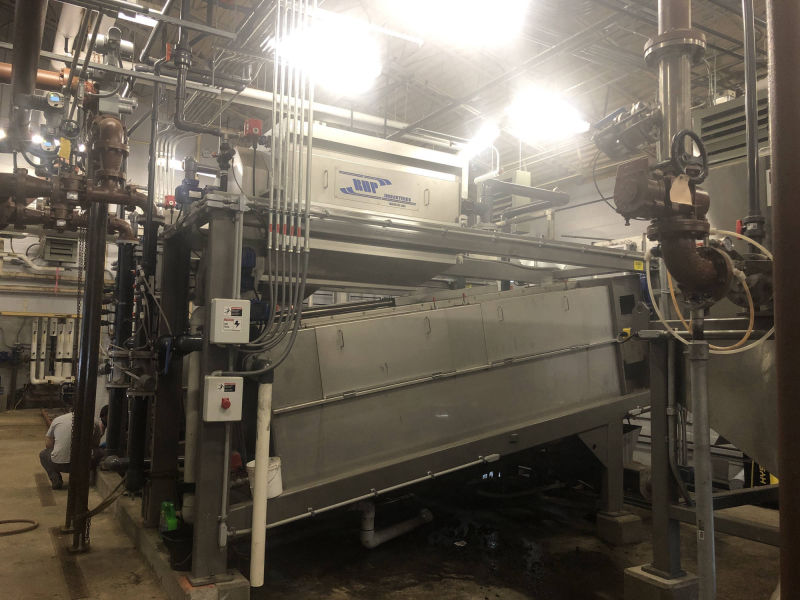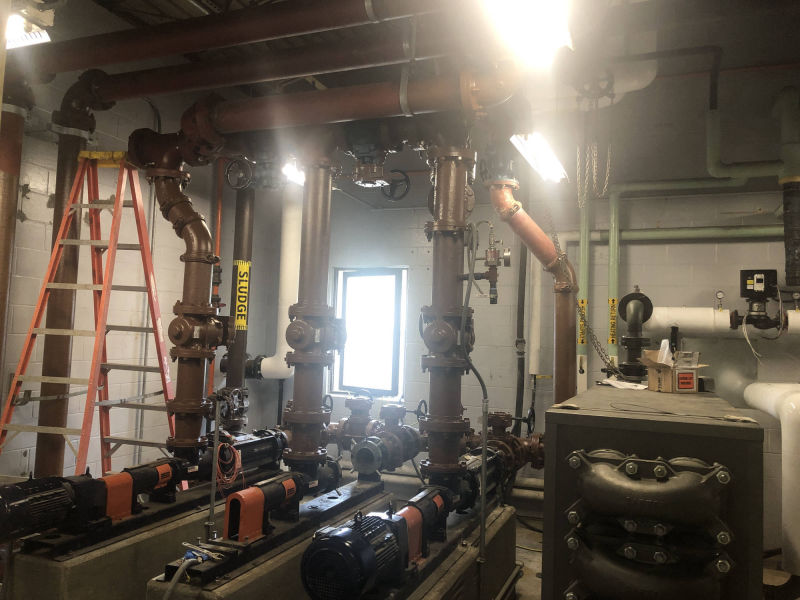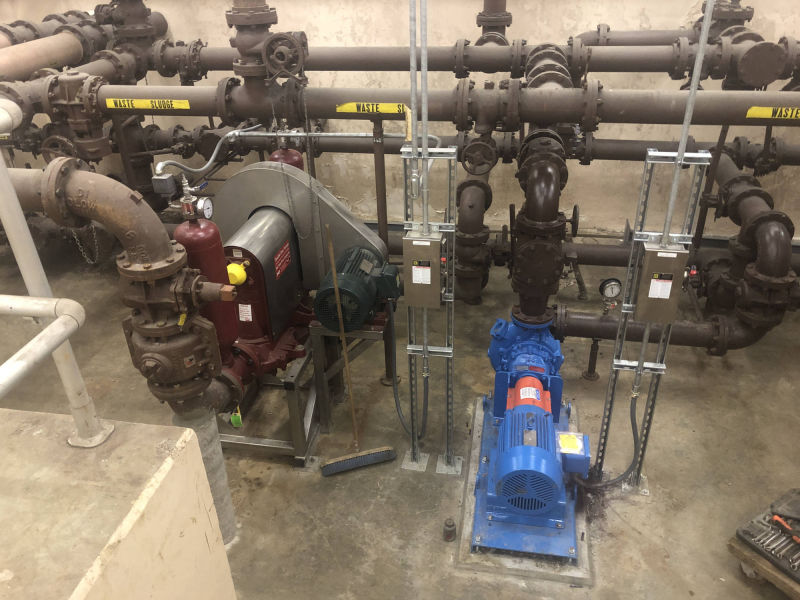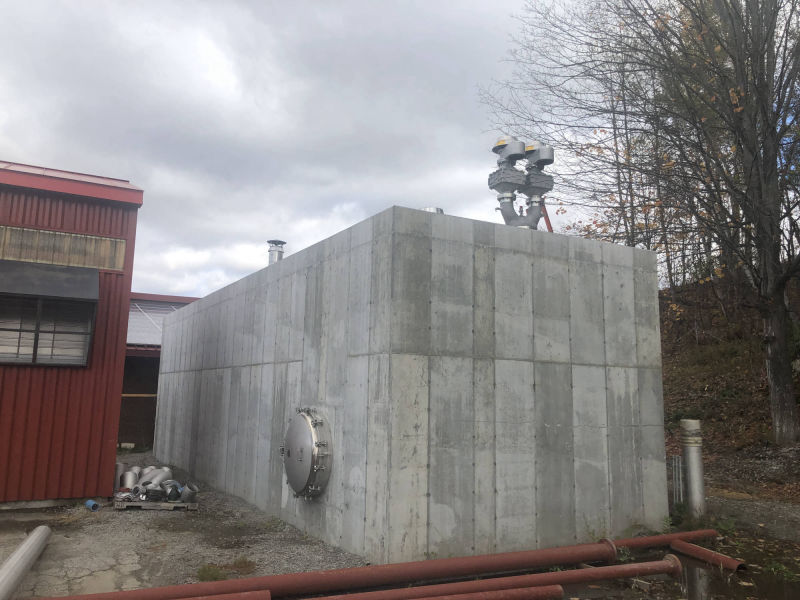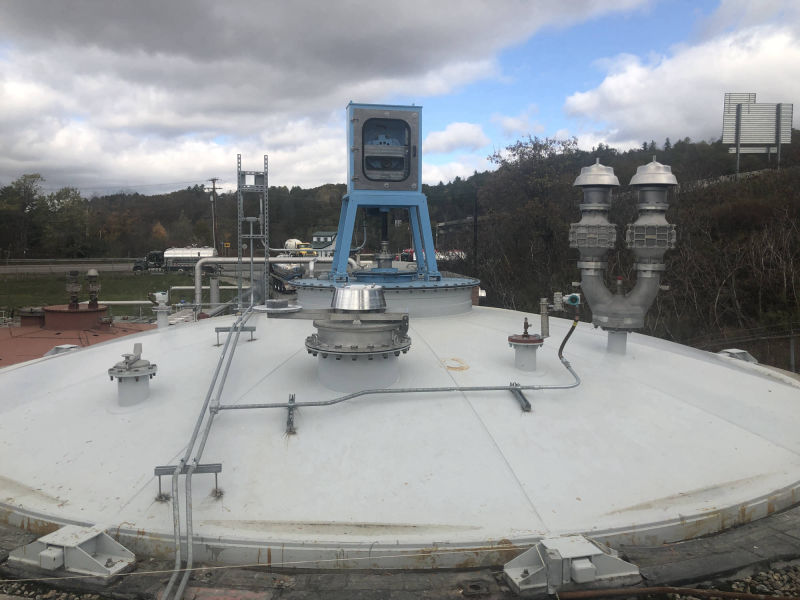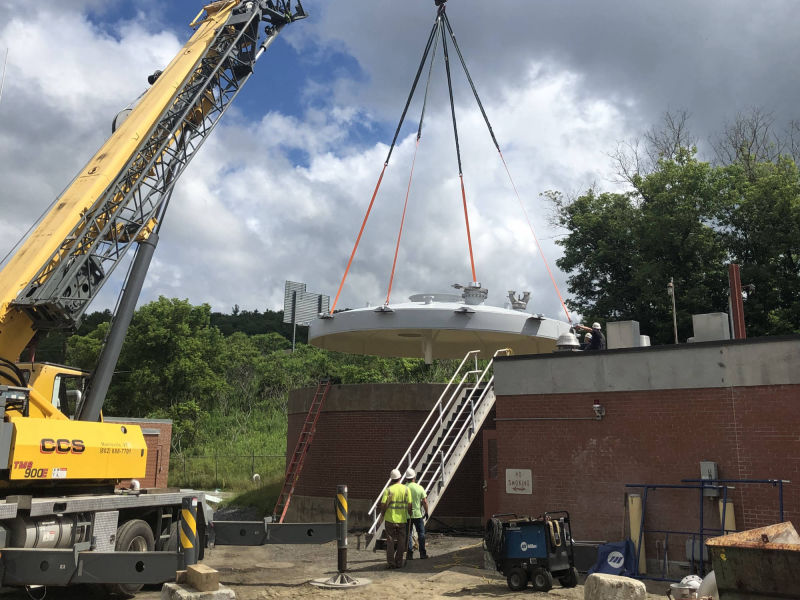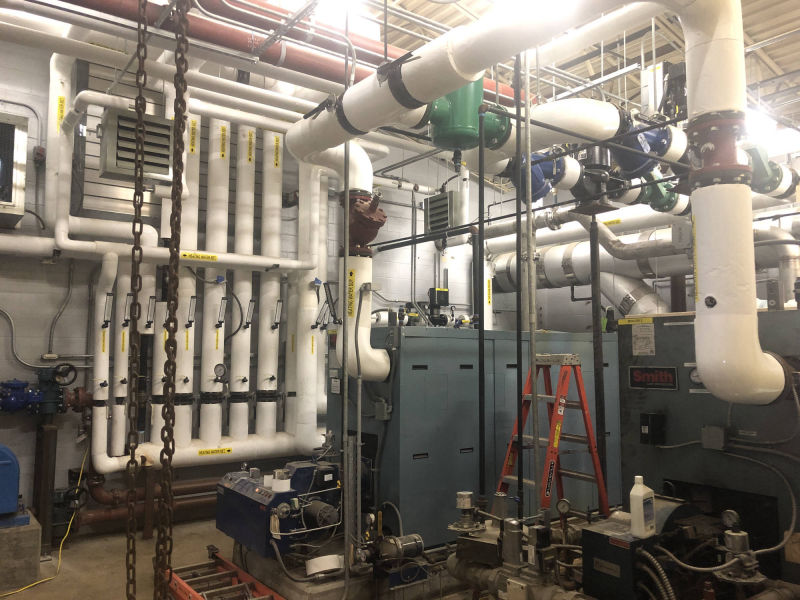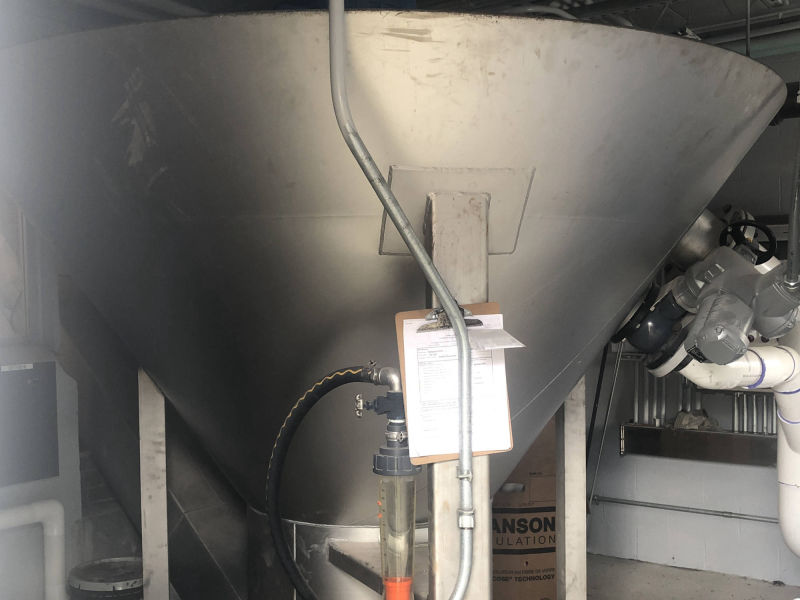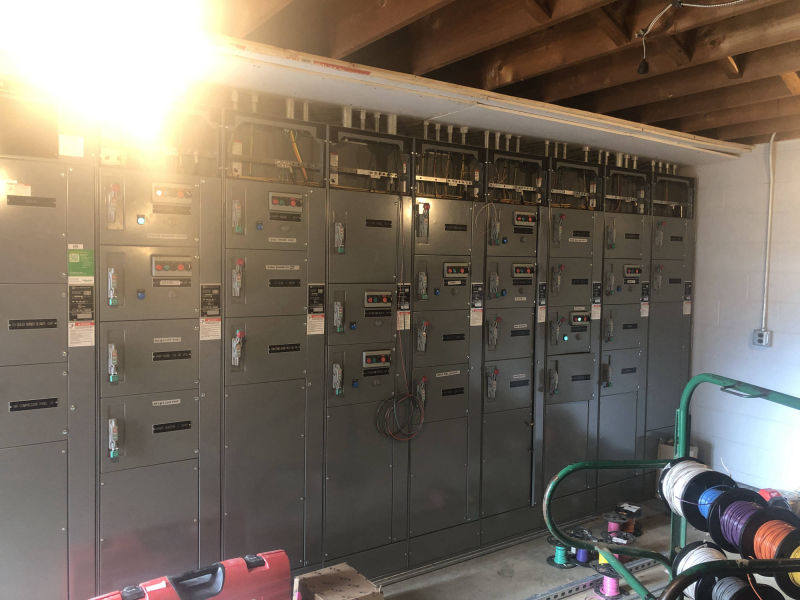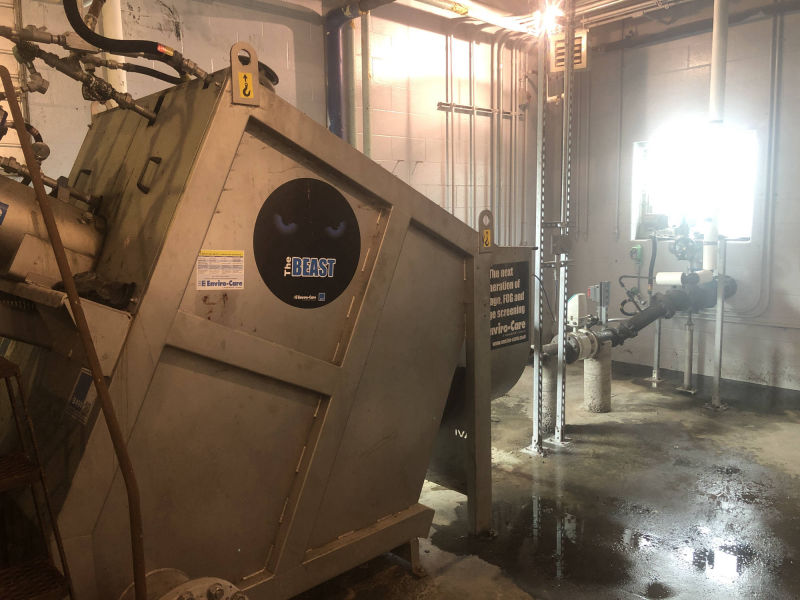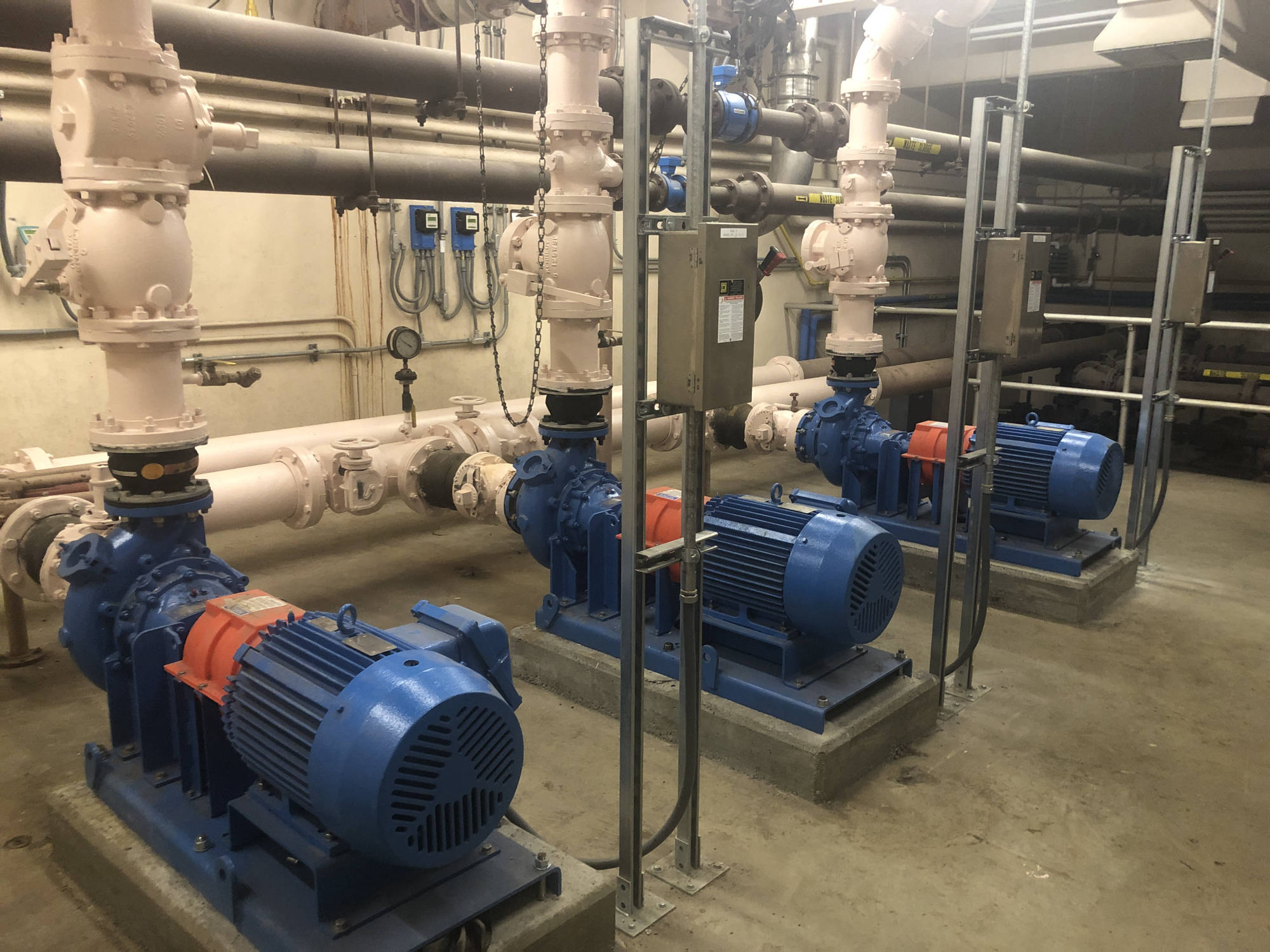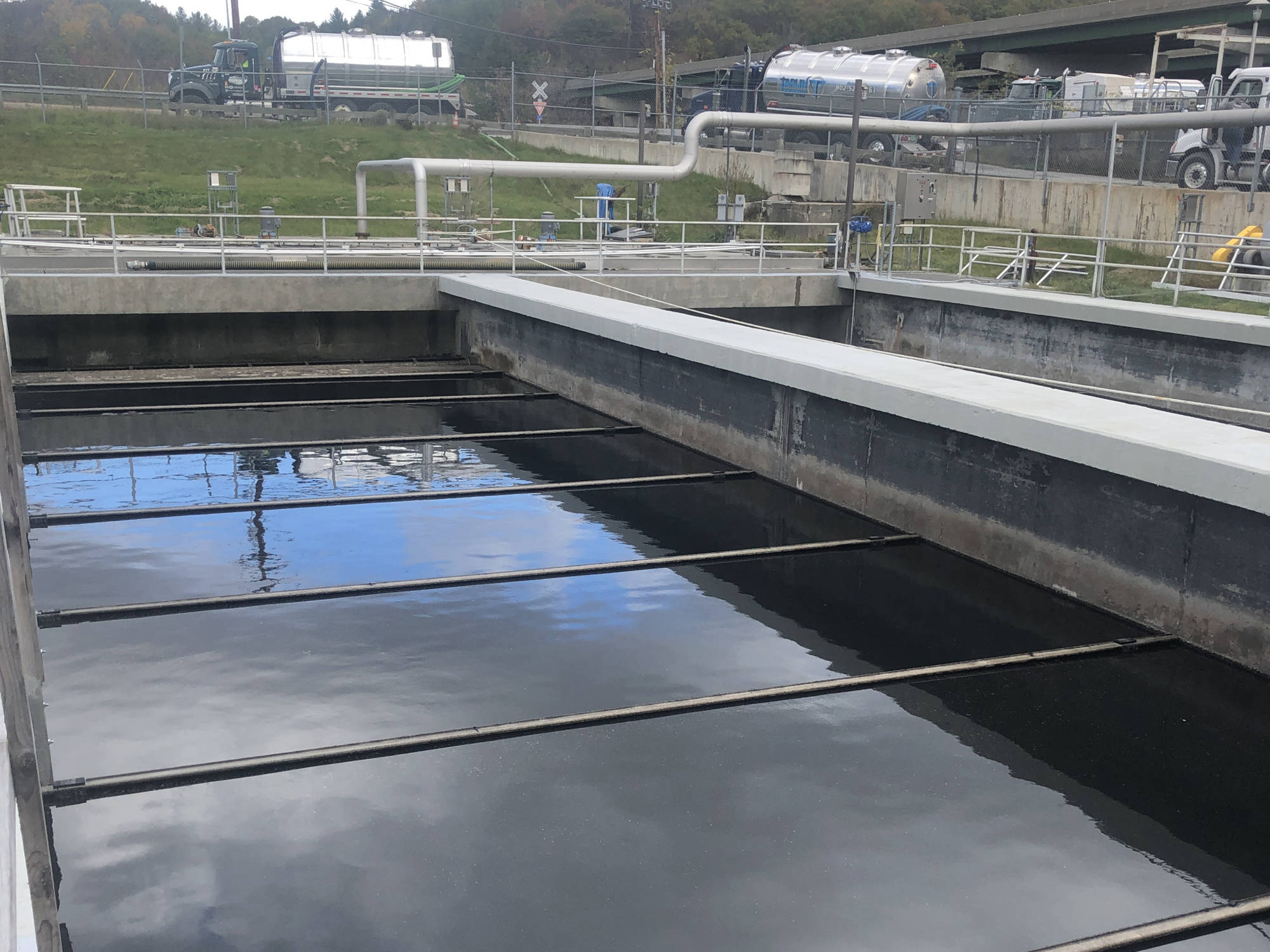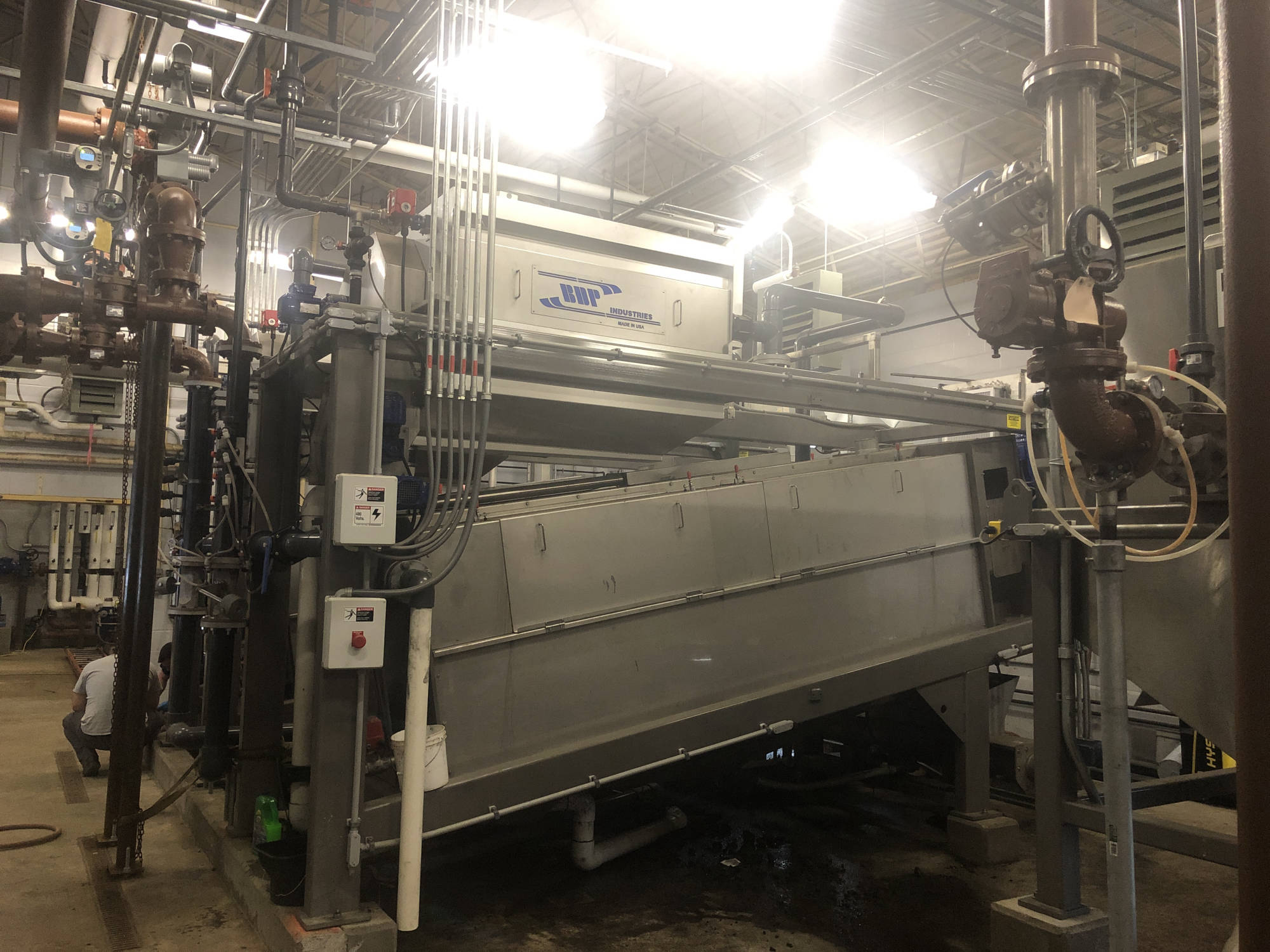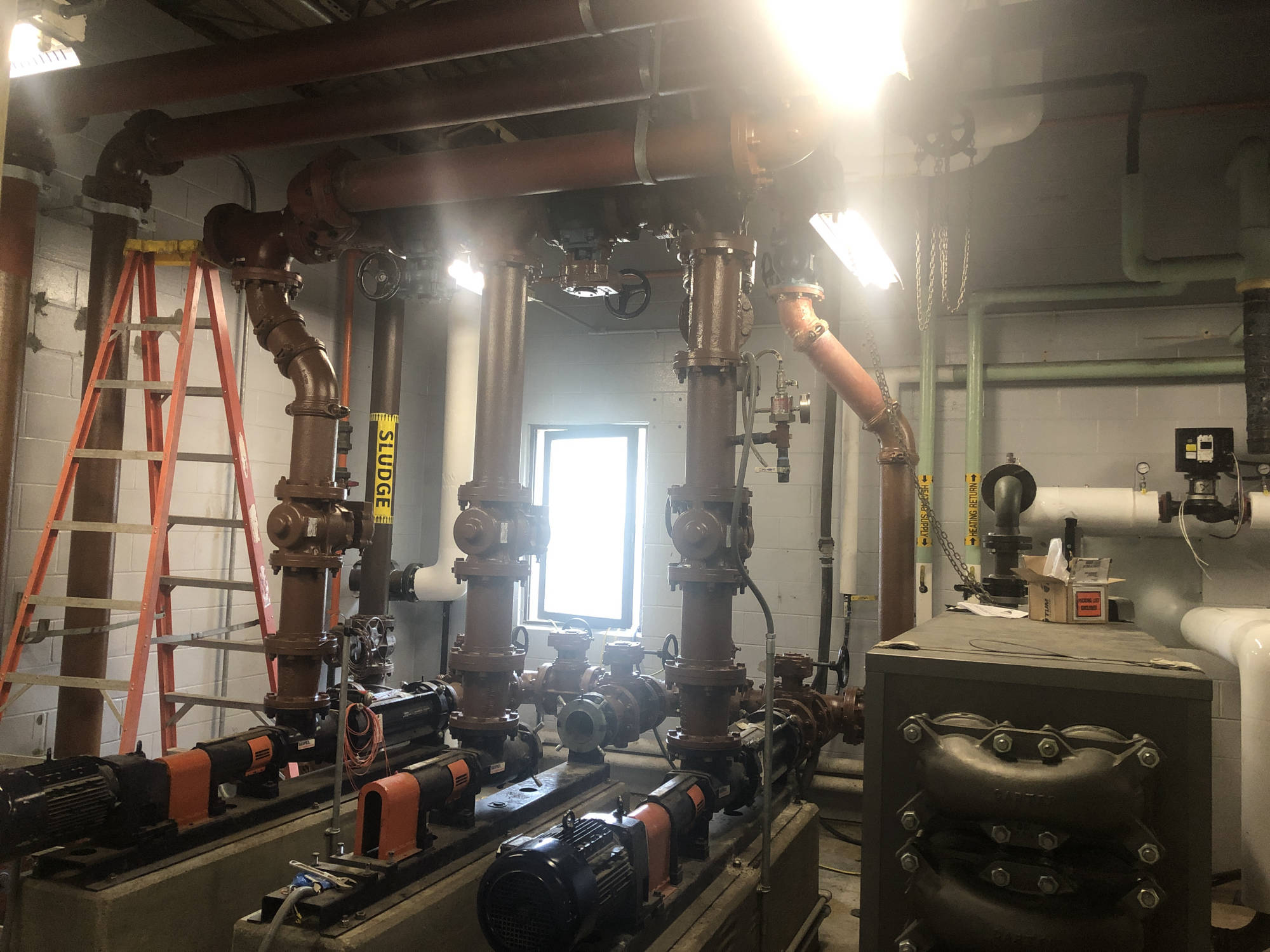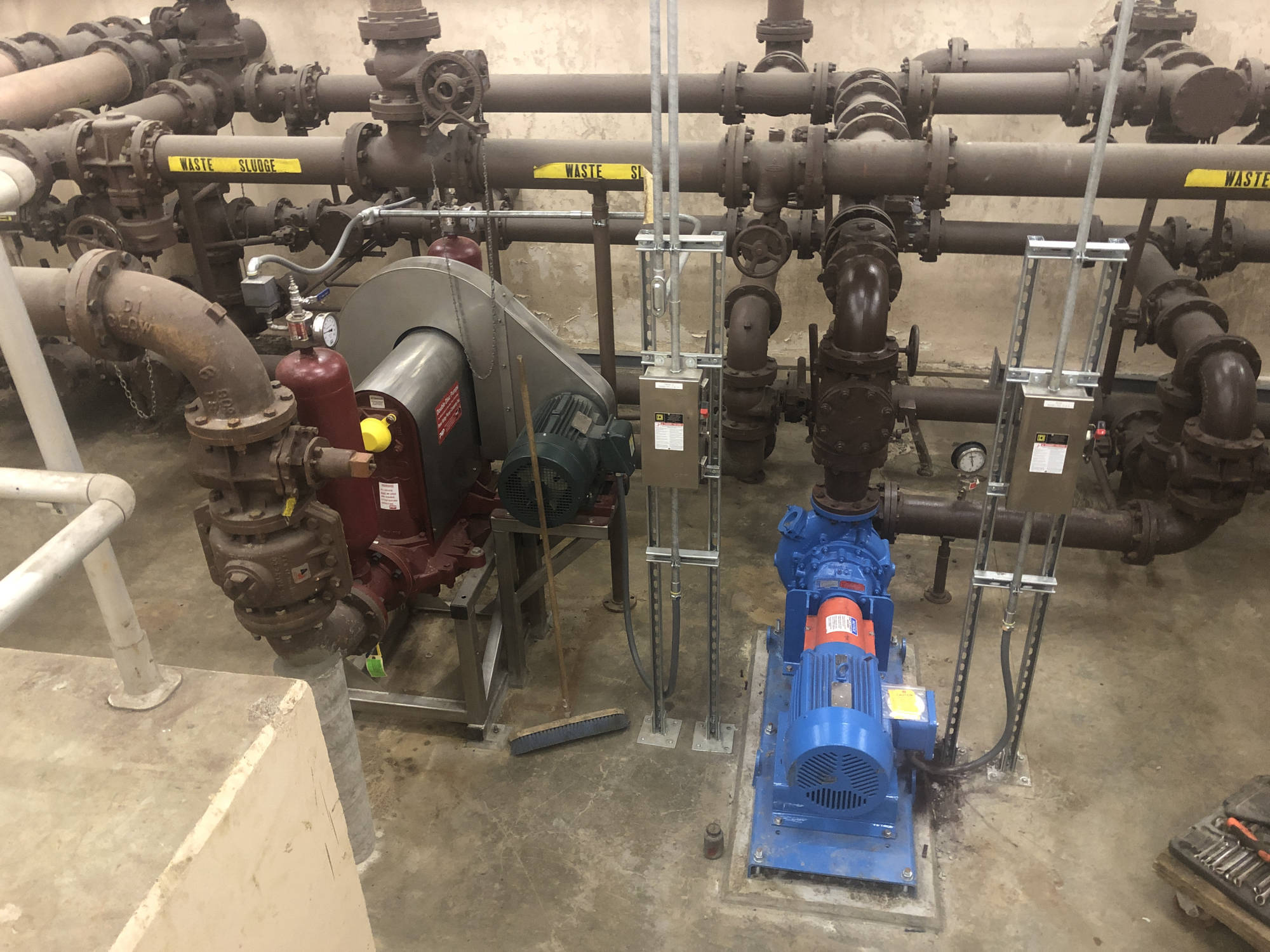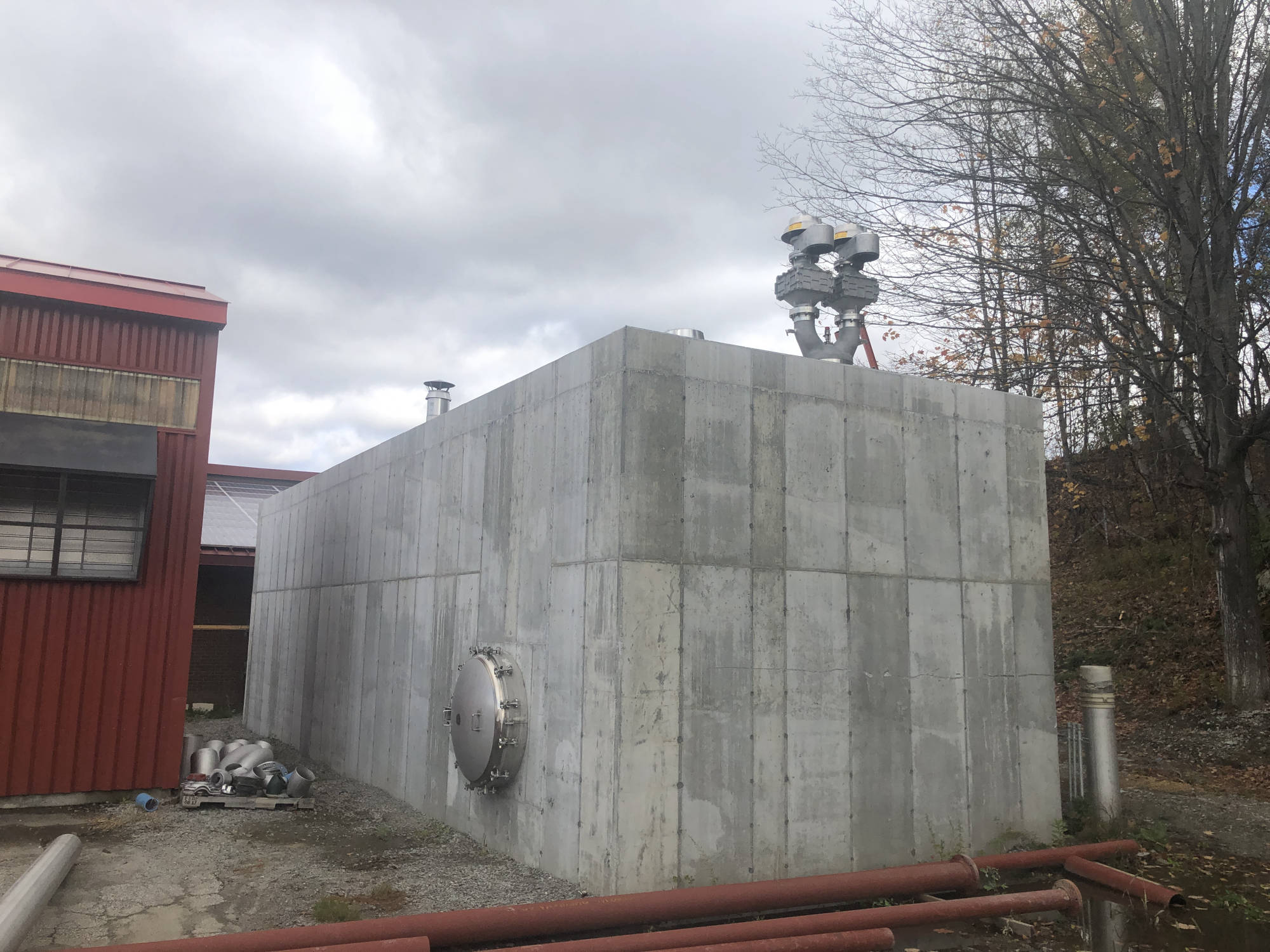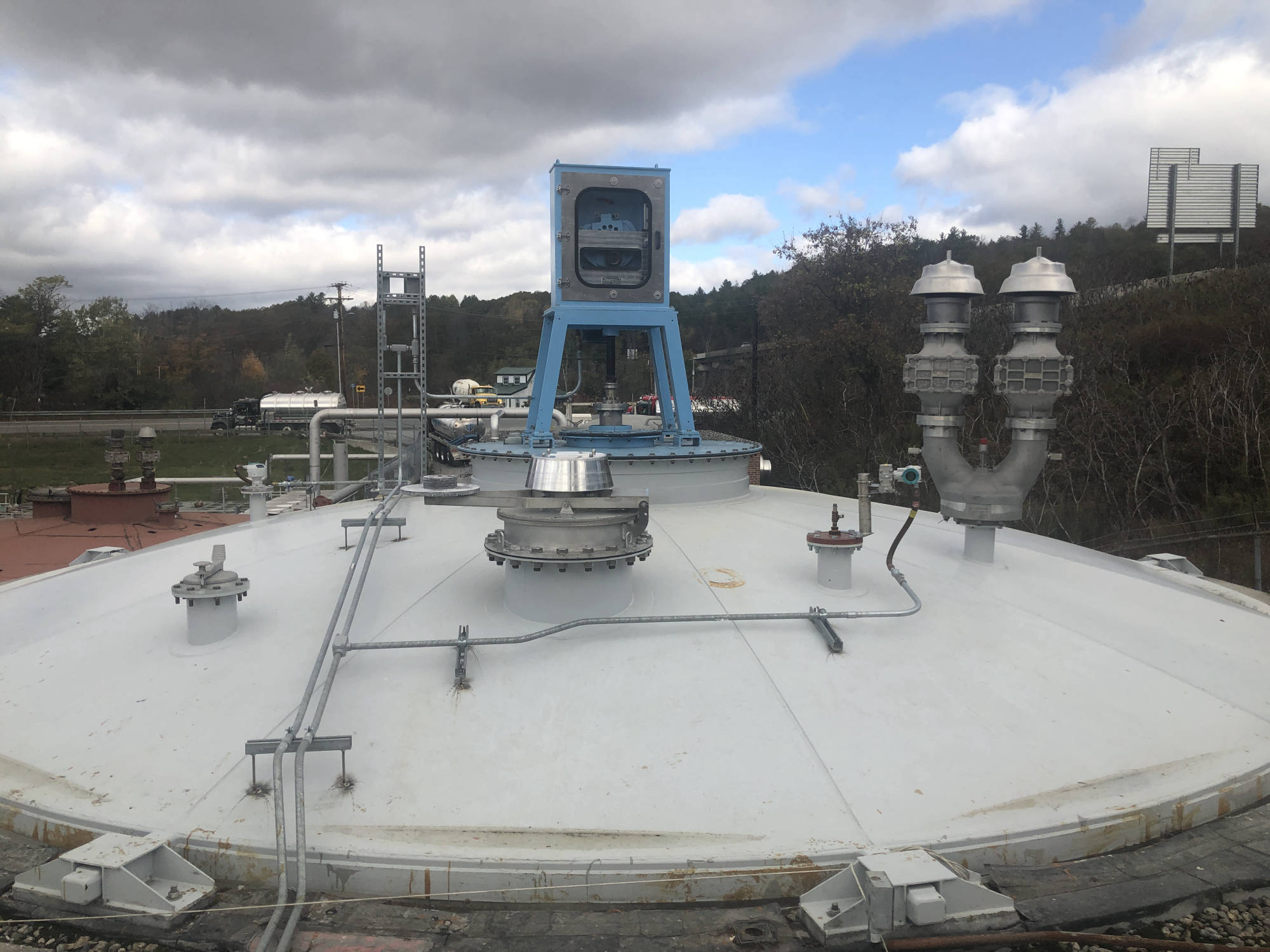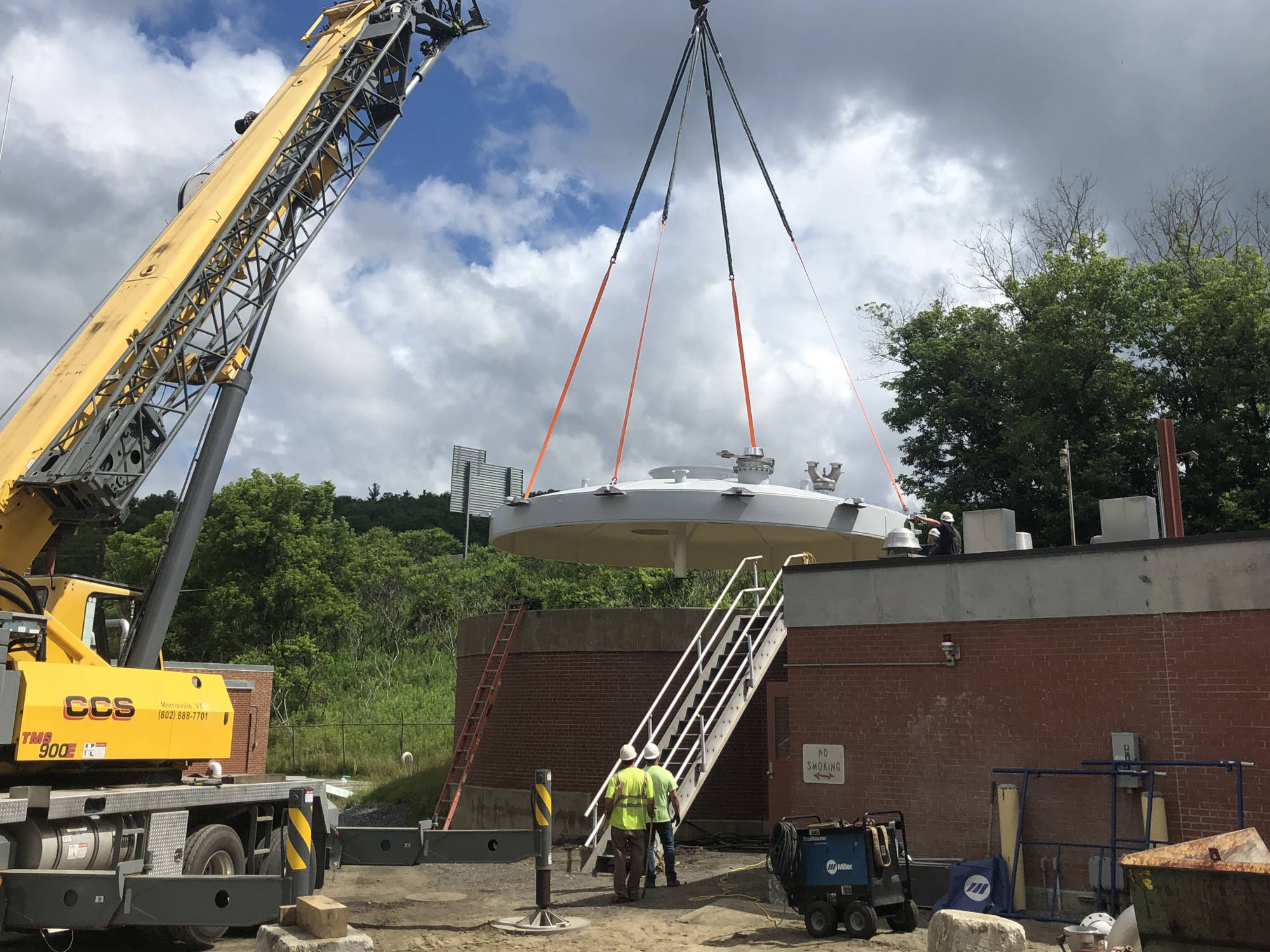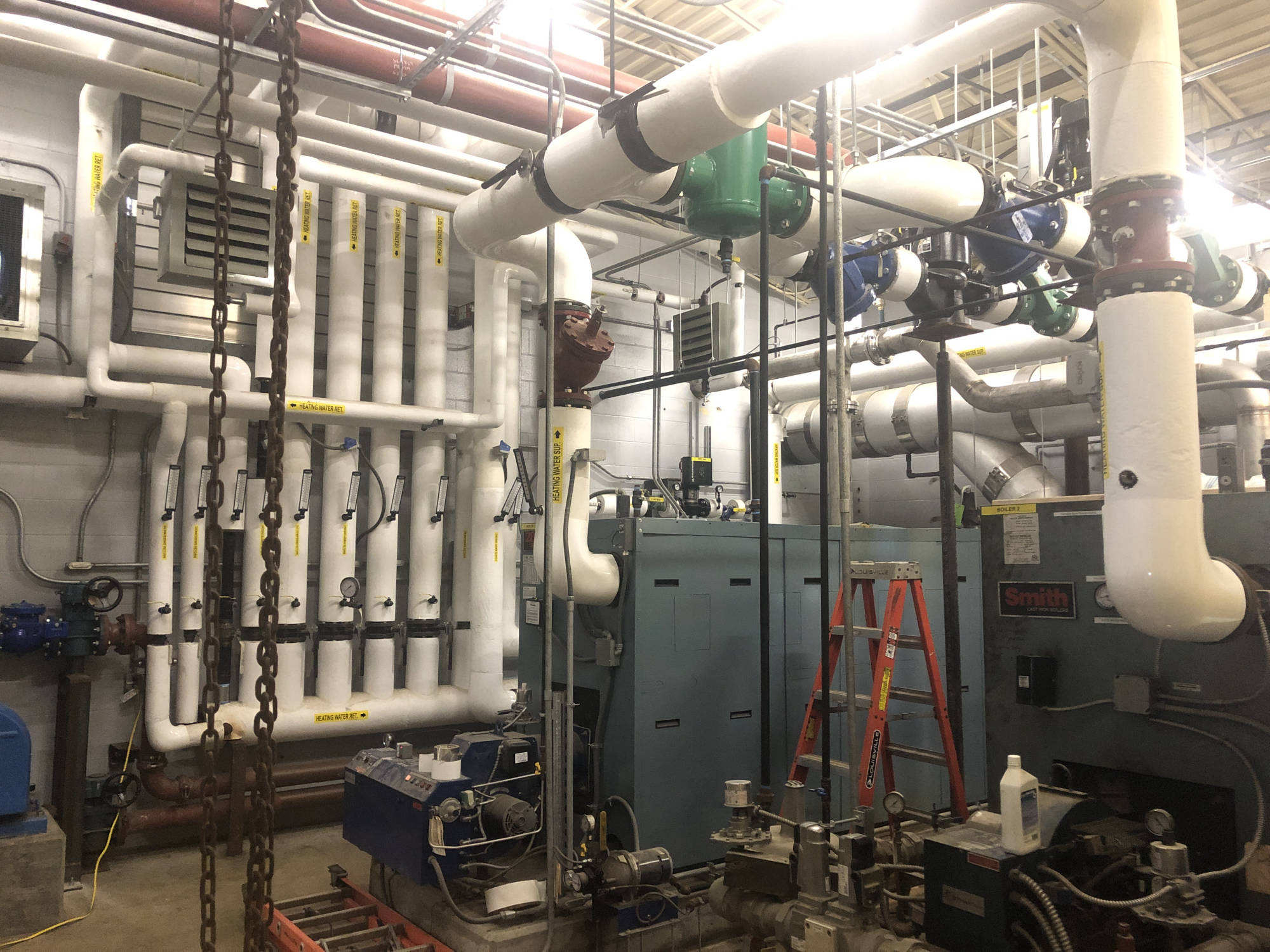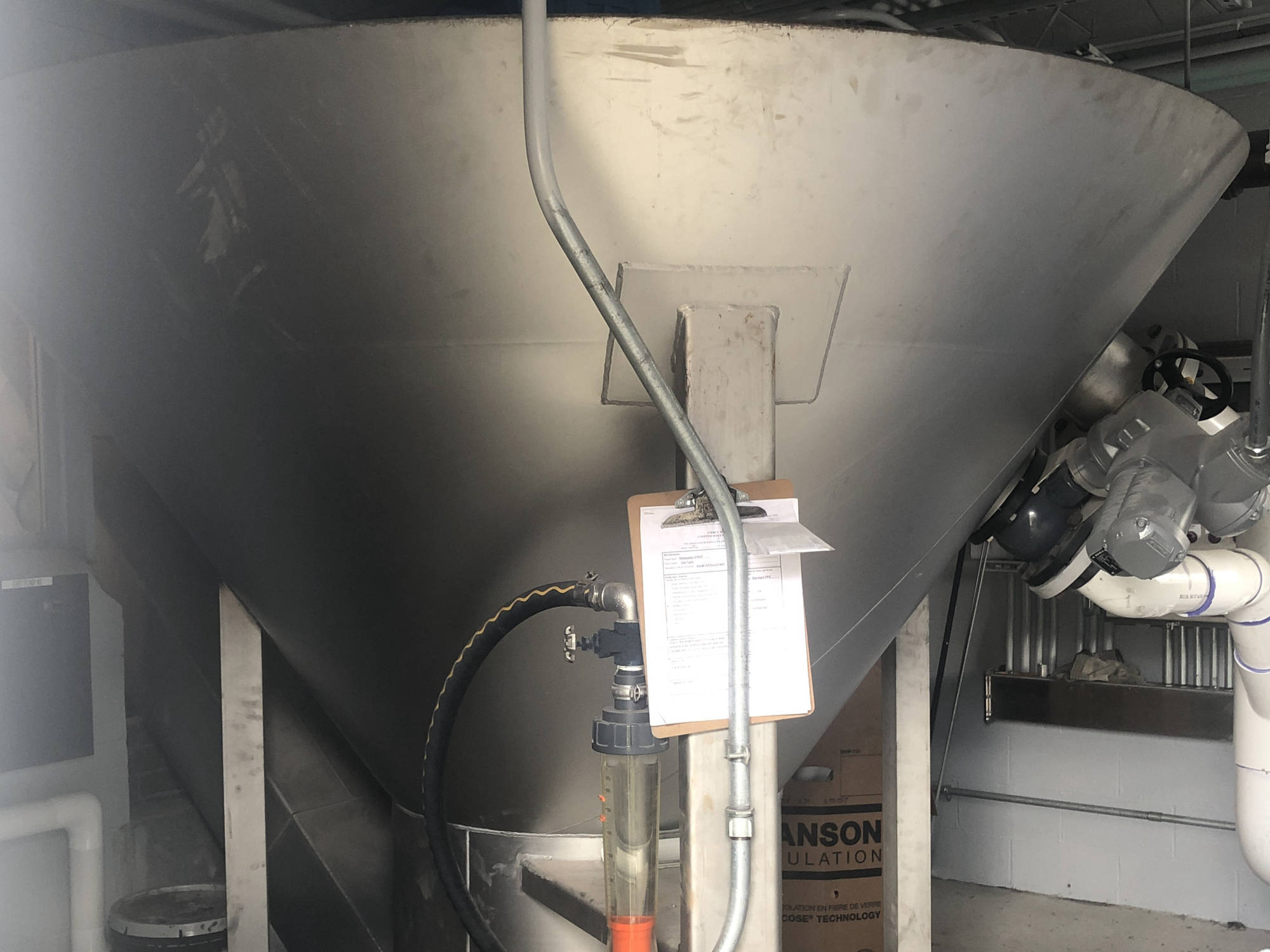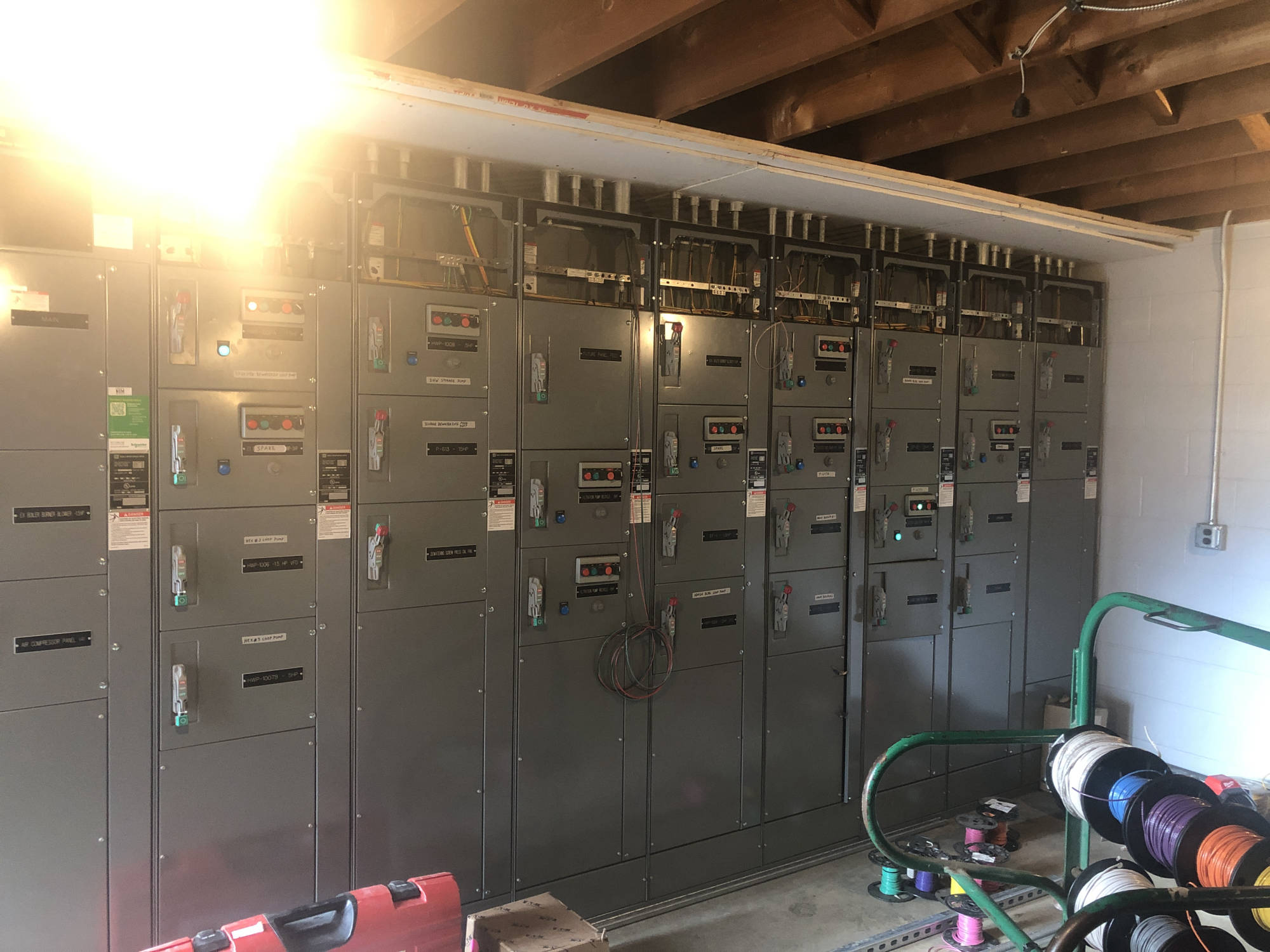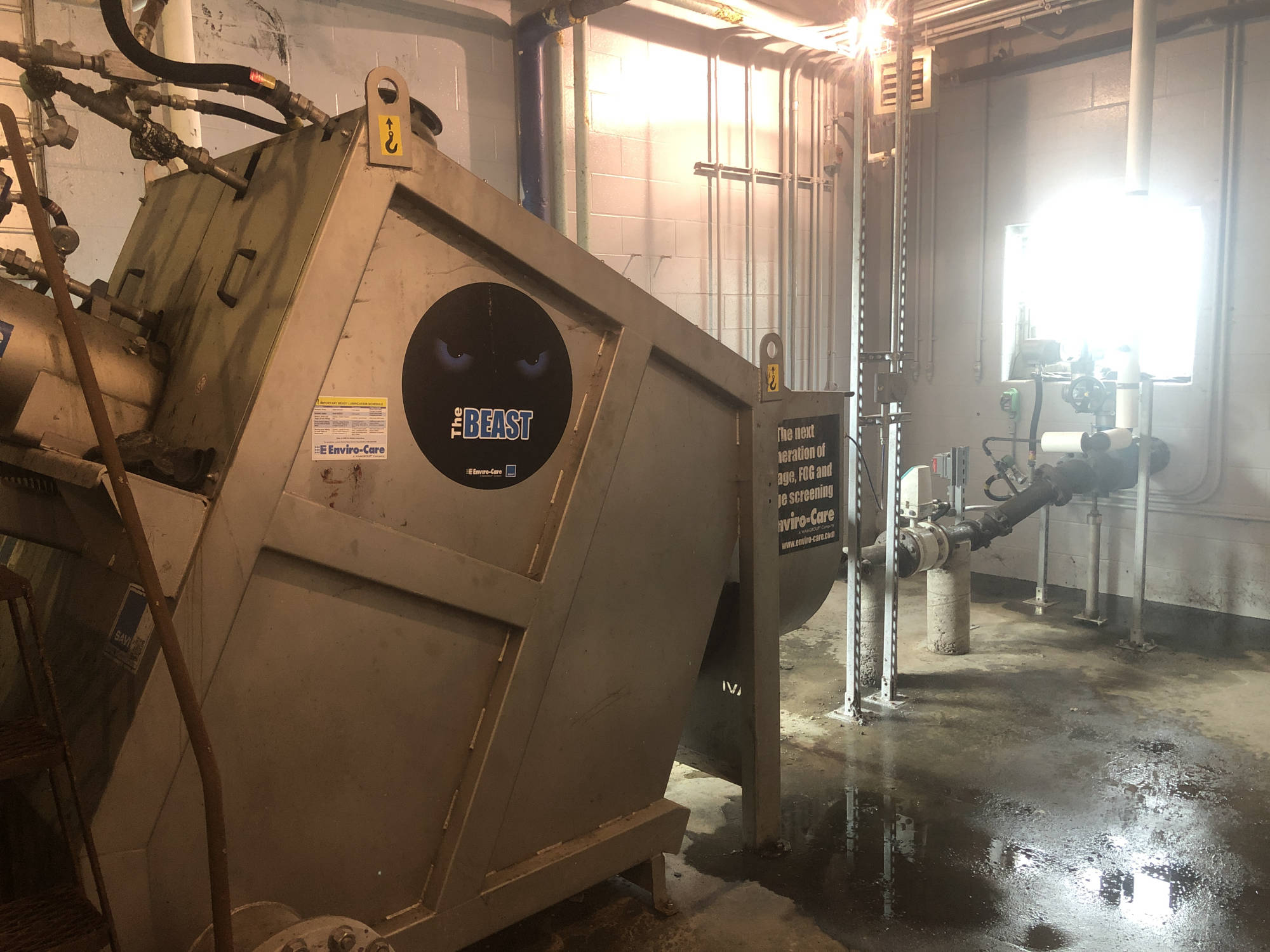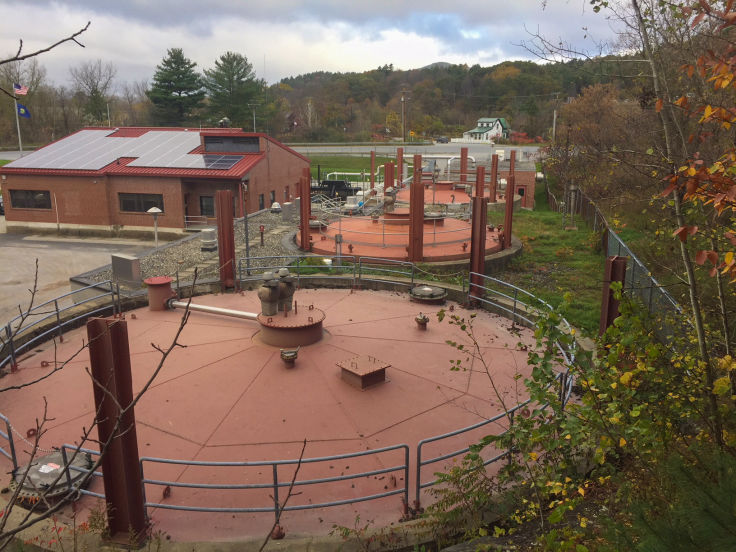
The City of Montpelier has partnered with Energy Systems Group (ESG), a leading energy and water resource recovery provider, to serve as the prime contractor on a multi-phase Aging Infrastructure / Organics-to-Energy (AI/OE) project that will include improvements to its 2 million gallons per day (GPD) Water Resource Recovery Facility (WRRF), which is over 50 years old and in need of aging infrastructure upgrades. In addition to upgrading inefficient and outdated equipment, the project will include significant upgrades to the WRRF’s sludge treatment systems that will increase hauled waste revenue and renewable energy production, and reduce biosolids disposal costs.
The first phase of the project centers on improvements to the WRRF’s anaerobic digesters and biosolids dewatering systems. The improvements will increase the WRRF’s capacity to accept organic waste, produce additional biogas, and reduce the volume of biosolids that require landfill disposal. The project will result in approximately $400,000 in additional annual revenue from organic waste tipping fees and over $250,000 in average annual energy, water, and sludge disposal cost reductions. The second phase of the project will utilize the biogas to produce energy on-site through a combined heat and power (CHP) system. The WRRF’s new ability to produce energy on-site will make it an energy Net Zero facility by producing more energy than it consumes, and will create a new source of revenue for the City through the export and sale of electricity to the utility grid.
